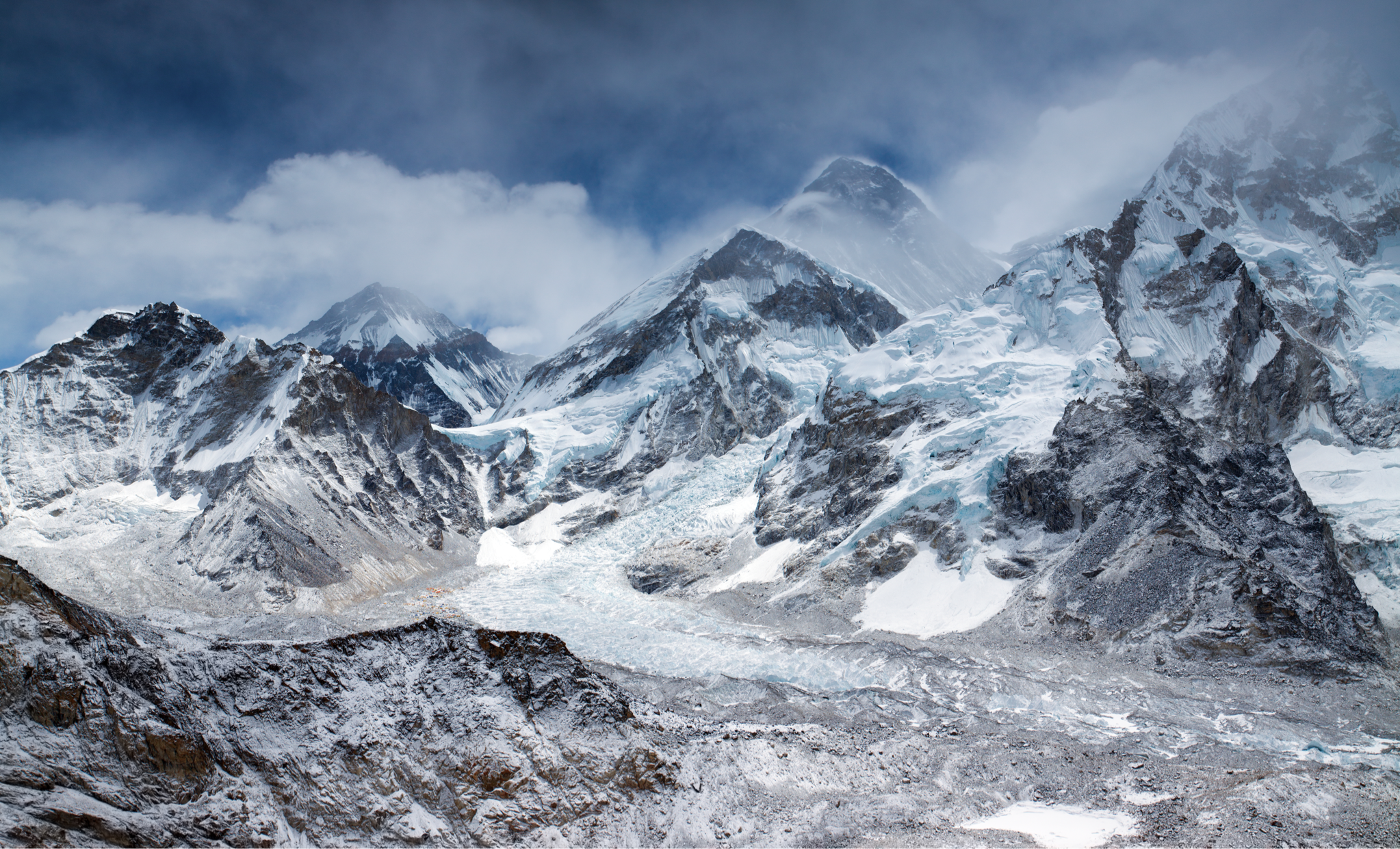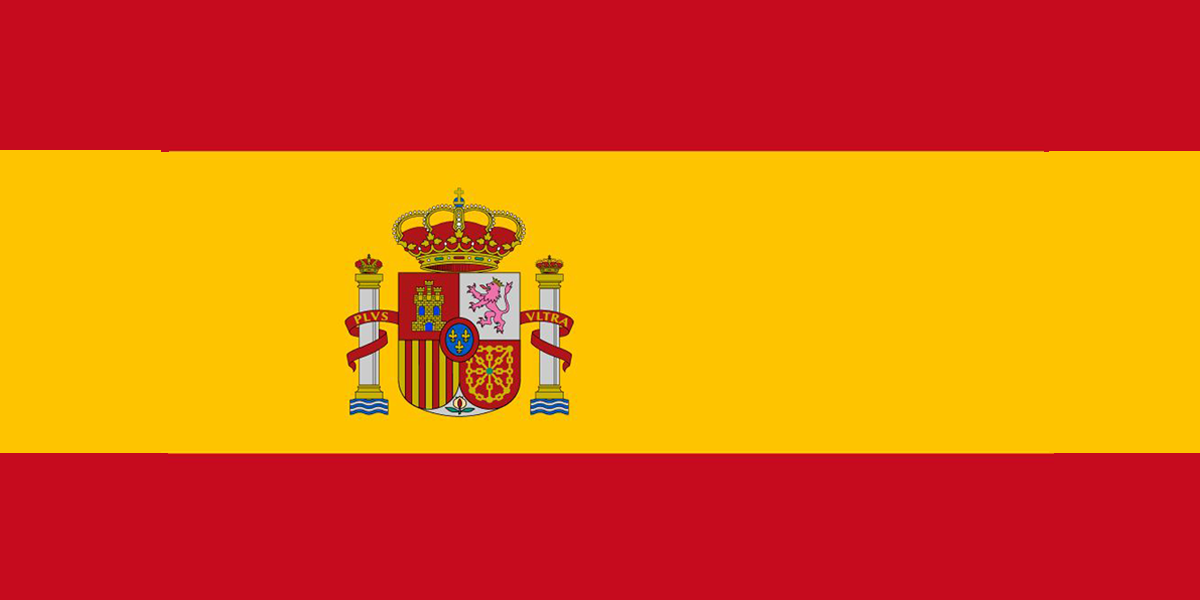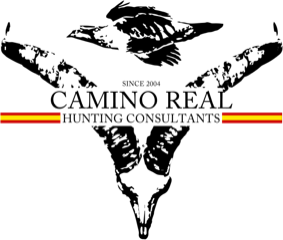
1. Final Destination
Ulaanbaatar, from where hunters will be transferred to the hunting area, which will depend of hunt that has been booked. Usually, transport to the hunting area is done by 4x4, however, hunters may have the chance of getting a domestic flight instead. Car transfers take approximately between 8 and 11 hours.
2. Hunting Areas
Hunting areas are distributed practically through all southern and southwestern parts of the country, close to the regions of Khovd, Mandalgov, Dalanzadgad and Bayankhongor according to the species.
3. Accommodation
The camps vary depending of the hunting area chosen for the hunt. Some will consist of permanent yurts with heating system, generator, sauna and full furniture. Others, although being portable trailers, include all the facilities to ensure a comfortable stay while hunting. The food generally consists of meat, soup, pasta, bread, fruits and vegetables, while tea is always served with every meal, just like in all Asian countries. Bottled water is always used. The staff in camp is well prepared and professional, always looking after the hunters.
4. Hunting Season
Hunting seasons depend of the species:
Argalis: From July 1st until September 30th
Ibex: From June 1st until September 30th
5. General Comment
Mongolia is one of those classical hunting destinations in Asia, where local outfitters have a long experience and references. The country is considered to be a safe destination for foreigners and its culture is one of the very few which remains yet untouched. The country has an average altitude of 4,900 feet and its terrain is composed of a high plateau and a series of important mountain ranges: the Mongolian or Western Altai, to the west and southwest of the country, Gobi to the south of the country, Chentij to the northeast of the country and Khangay to the central western part of the country.
Mongolia has three different Argali subspecies; Altai Argali (ovis ammon ammon), Gobi Argali (ovis ammon darwini) and Hangai Argali (ovis ammon ssp), as well as two Ibex subspecies; Altai Ibex (capra sibirica sibirica) and Gobi Ibex (capra sibirica hagenbecki). Additionally, there are other species such as the black-tail gazelle, the white-tail gazelle, grey wolf, Siberian roe deer, maral and wild boar. Although not being the main objective of hunters, some of them can be combined with some of the main species.
With regards to the type of hunting, Altai hunts are conducted through a combination of horseback and foot, although 4x4 vehicles may be also used to access remote areas and continue by horse or foot afterwards. On the other hand, in Gobi and Hungai regions, located in central and southern Mongolia, hunts are spot and stalk. However, 4x4 are occasionally used as well. Normally, hunters will spend the night in the base camp, unless they want to go on fly camp. This is however, not necessary.
The duration will also depend of the type of hunt. Any hunt for one of the Ibex subspecies is scheduled for a total of 9 days and between 10-12 days for both subspecies. On the other hand, hunts for Argali are scheduled for 12 days of which 10 days will be hunting. However, in normal circumstances, hunts require less days than official schedules.
Finally, with regards to the travel logistics, most flights arrive to Ulaanbaatar early morning. Upon arrival, hunters are welcomed and assisted by representatives of the company. Once everything is ready, hunters will be usually taken to the hotel until the next day, when they will be transferred to the hunting area. Some areas in Gobi, allow transfers to take place immediately after with no need to stay in the city. After the hunt is finished, hunters will head back to Ulaanbaatar and will take the fly back home on the next day. During the whole hunt, hunters will be assisted by an English interpreter.
6. Included
Invitation letter
Airport assistance and rifle clearance upon arrival and departure
All services and organization needed for the hunt to take place
Ground transport
Domestic flight if required, unless otherwise stated
Full board accommodation during the hunt
Team of hunting guides
English interpreter
Hunting licence
Rifle import permit
Veterinary certificate for trophy export
CITES
Field trophy preparation
7. Not Included
International flights
Visa
Non-hunters
Spirits and beverages
Taxidermy and trophy shipping
Additional trophies
Accommodation before and after the hunt
Sightseeing
Tips
Personal costs









